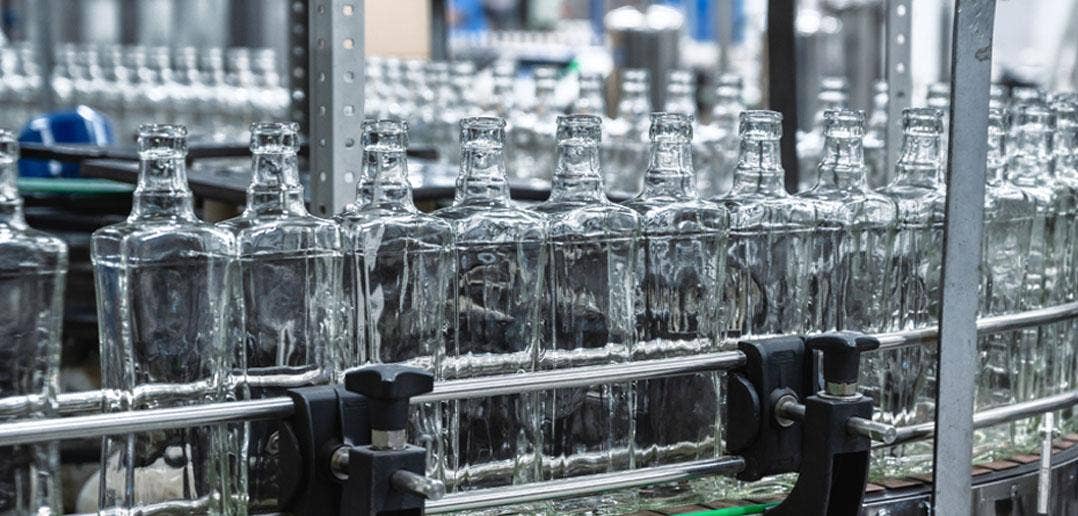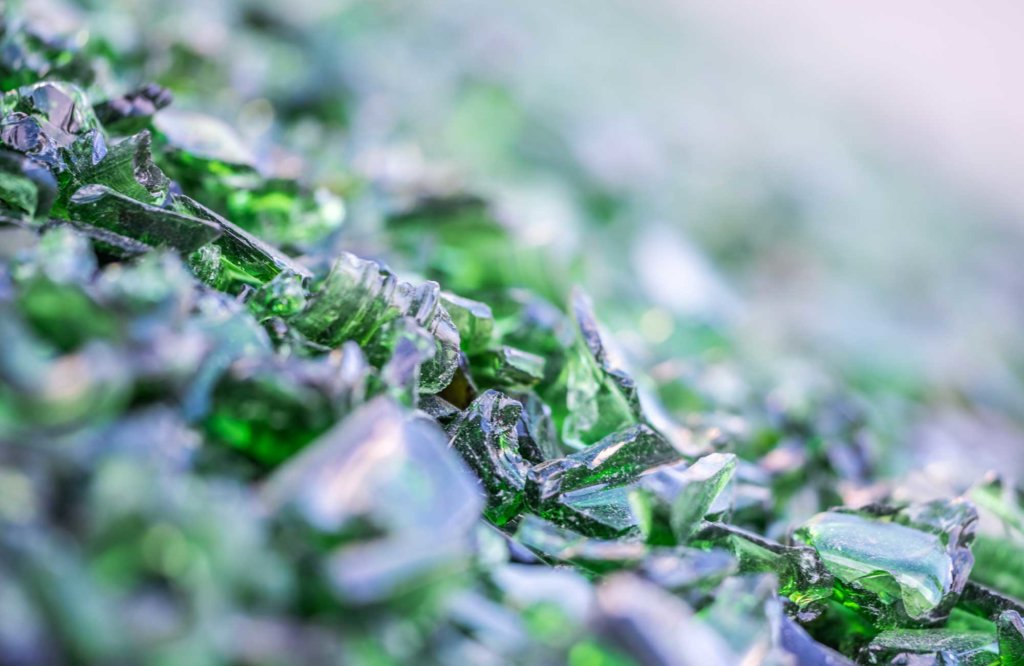From the production line to convenience store shelves, glass bottles are ubiquitous and integral parts of everyday life. But how exactly do these containers make their way from factory to consumer?
This article takes an in-depth look at the process, unpacking each step along the way so readers can gain a better understanding of the fascinating journey that glass bottles take from production to purchase.
From forming molten sand into containers through sterilization, labeling, boxing, and shipping – this is just a glimpse into the intricate steps required for one bottle to end up in your hands.
Overview of Glass Bottle Production

Source: www.tricorbraun.com
The production of glass is a complex process that has been refined over the years to yield high-quality products. From the initial design and manufacture of molten glass to its transformation into a bottle, this overview will explain each step in detail.
The first stage involves creating an individual mold for each unique shape and size required by manufacturers. Molten glass is poured into these molds where it remains until cooled down to form the desired shape before being placed onto conveyor belts for further processing.
Next, any excess material from the edges must be removed; this is done through a spinning machine or with manual tools such as grinders or sandpaper. The newly formed bottle then passes through inspection machines which check for any imperfections or air bubbles inside the container before they are packed in boxes ready for shipment.
To make sure all bottles are produced consistently, additional quality control steps may also be taken throughout production including testing physical properties such as weight, temperature, and strength of materials used in making them. Finally, labels can be applied either manually or automatically depending on manufacturer preference before shipping out their products ready for sale at retail outlets worldwide!
Raw Materials and Manufacturing Processes

Source: www.stoelzle.com
Glass bottles are manufactured through a multi-step process that requires raw materials and skilled laborers. The first step is to gather the necessary materials.
This includes sand, sodium carbonate, cullet (recycled glass), feldspar, limestone, and other additives; these all must be of high quality to produce a safe and durable product. After the ingredients are collected they go through an extensive refining process until they form a homogenous mixture which then gets melted at very high temperatures.
Next comes the shaping of the bottle from molten glass using precision molds crafted by experienced engineers. Once shaped it goes into annealing ovens for cooling down before being inspected thoroughly for any defects or flaws in production.
Finally, after inspection, each bottle is labeled with its own unique serial number for traceability purposes prior to being shipped off to stores around the world where consumers can purchase them for their everyday use!
Quality Control Standards

Source: www.at2e-usa.com
Quality control standards are essential in the production of glass bottles, as any deviation from specifications can lead to a waste of time and resources. To ensure that each bottle produced meets rigorous quality standards, factories employ a variety of tools and techniques.
All employees must be trained in the proper use of these guidelines to guarantee consistent product output with no defects or irregularities. A system of checks and balances is also used to assess finished products for accuracy and precision throughout the entire production process.
Workers inspect every step for correctness, from raw material selection up until packaging is complete – this way, flaws can be identified before they reach the market shelves. Quality tests may include x-ray analysis, stress testing, optical inspections using lasers or microscopes, chemical composition assessment via spectroscopy or chromatography methods, thermal shock testing as well as other specialized processes designed to detect any problems in finish or form.
Furthermore, automated inspection systems help monitor compliance with safety regulations while also providing real-time feedback on product performance against preset metrics such as weight variation limits or defect rates per batch size.
By combining human expertise with modern technology such as machine learning algorithms and robotic arms capable of mimicking complex motions precisely – manufacturers can achieve higher levels of efficiency while maintaining excellent quality assurance across their operations.
Packaging and Shipping Logistics

Source: blog.drinktec.com
When a glass bottle is completed, it’s packaged and shipped to its destination. Glass bottles are typically transported in bulk containers or pallets that can be loaded on trucks, trains, ships, or airplanes for transportation.
Once the bottles have reached their final location they must go through rigorous quality control checks before being moved to shelves. Logistics companies specialize in managing packaging and shipping of glass bottles from the factory to retail stores ensuring that each bottle arrives safely and efficiently.
Specialized packaging materials like bubble wrap or foam are used when packing glass items to protect them from any external damage during transit so customers receive high-quality products every time. With careful attention paid at every step of the process, manufacturers can ensure their products reach consumers with ease and convenience while maintaining a top-notch reputation for quality goods.
Conclusion

Source: mayuwater.com
Glass bottles are an important part of everyday life and they have a fascinating journey to make from factory to shelves. From melting the raw materials, forming the bottle, applying any necessary decorations or labels, and finally inspecting for quality control – every process is essential in making sure that glass bottles come out perfect and ready for use.
This intricate production process ensures that all glass bottles created will be safe for their intended purpose while still providing maximum convenience. With its long history of being used as an efficient method of containing liquids, its no wonder why glass bottles remain so popular today!




